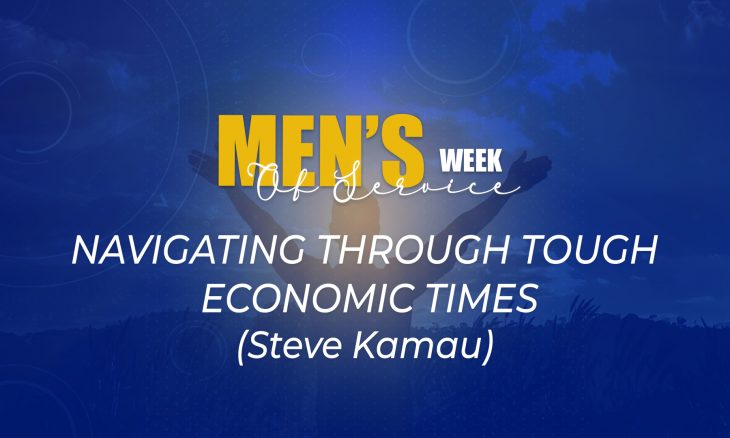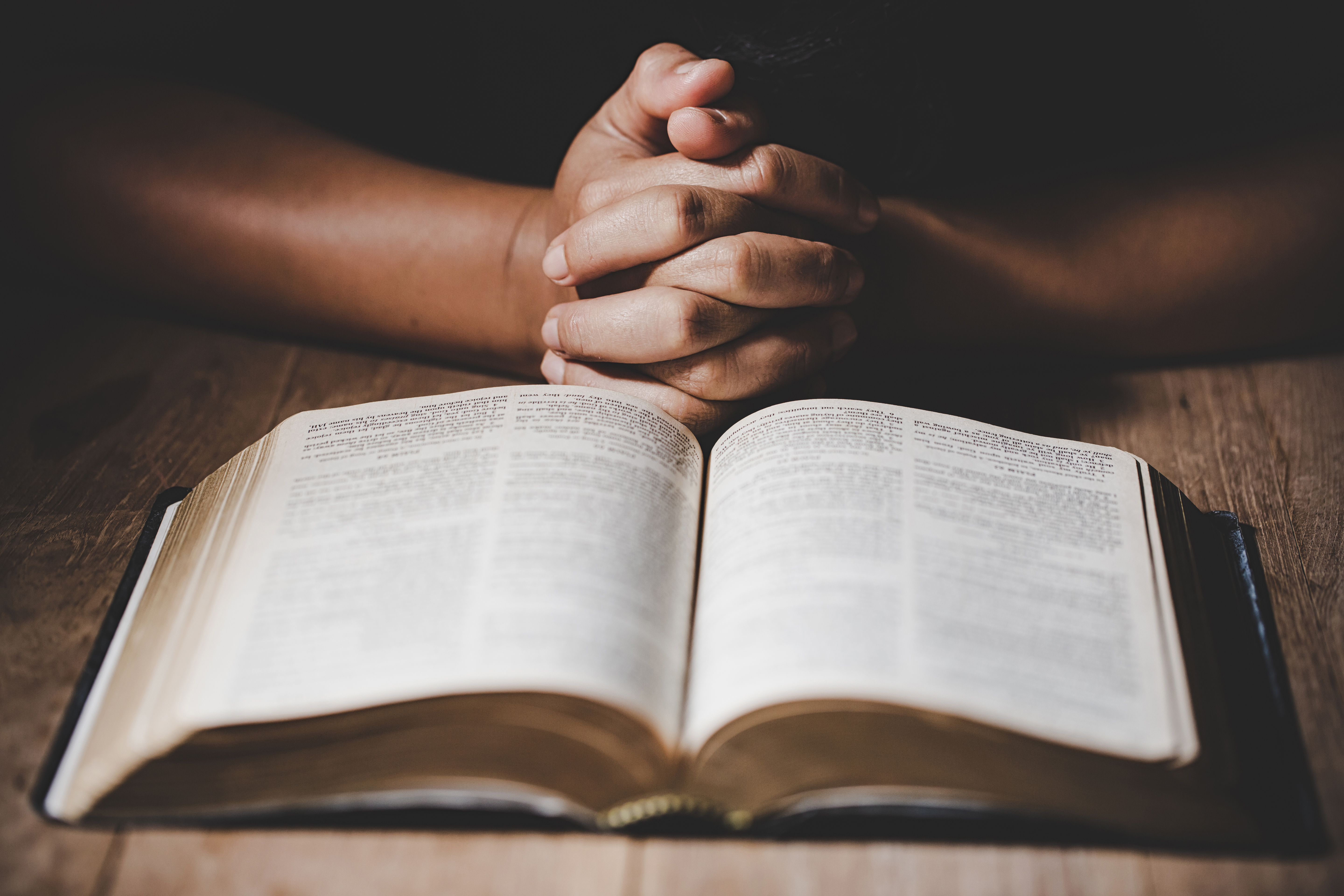•ECONOMY (UCHUMI)
• Navigating Through Tough Economic Times.
State of a country/region/community in terms of production, distribution and consumption of goods and services and supply of money.
• INFLATION
What do you understand by the term inflation?
• TOPIC 1
INFLATION IN AN ECONOMY
•Increase in general /substantial prices of goods and services in an economy for a period of time.
•Also we can simply state; its fall in value for money/currency in a given economy
Mfumuko Wa Bei.
• How Is Inflation Calculated?
i.CONSUMER PRICE INDEX (CPI)
It tracks a basket of commonly purchased goods and services, including things like food, gasoline, computers, prescription drugs, college tuition and mortgage payments, to gauge how prices generally change over time.
CPI sources data from consumers.
ii. Personal Consumption Expenditures(PCE)
PCE inflation based on price changes of a basket of goods and services but tracks the prices from businesses report selling goods and services for.
CPI=PCE
• EXAMPLE; CPI Calculation
First we need to know how much of each good were purchased each year and what the prices were:
Initial/Base year
Shawarma Jeans Dalala Ticket
2001 Price Tsh1,880 Tsh12,000 Tsh 200.00
2001 Quantity 40 1 4
Then find total expenditure by multiplying price times quantity and adding them:
Expenditure = (1,880 x 40) + (12,000 x 1) + (200 x 4) = Tsh 88,000
Tsh 75,200 + Tsh 12,000 + Tsh 800 = Tsh 88,000
•EXAMPLE
•Now, 20 years later, we have new prices:
CURRENT YEAR
Shawarma Jeans Mwendokasi Ticket
2021 Price Tsh 2,821.20 Tsh 22,000 Tsh 800.00
2021 Quantity 40 1 4
Then find total expenditure by multiplying price times quantity and adding them:
Expenditure = (2,821.20 x 40) + (22,000 x 1) + ( 1,000 x 4) = Tsh 138,048
Tsh 112,848 + Tsh 22,000 + Tsh3,200 = Tsh 138,048
Assume that the market basket (the amount purchased) stays the same in 2021 as it was in 2001
and the only thing that’s changed are prices.
•EXAMPLE
•CPI in 2001= (Tsh88,000/Tsh88,000) x 100
= 1 x 100
= 100
The CPI is just an index value and it is indexed to 100 in the base year, in this case 2001.
•CPI in 2021 = (Tsh138,048/Tsh88,000) x 100
= 1.56 x 100
= 156
• EXAMPLE; Inflation rate over 20 years
Now we can calculate the inflation rate between 2001 and 2021:
(156 – 100) /100 = 56/100 = 56%
56% IS INFLATION SINCE 2001.
• Fisher Quantity Of Money Theory
•States that a change in price can be related to a change in the money supply.
•The value of money is also determined by the demand and supply of money
•MV = PT or P = MV/T
•M=Quantity of money in circulation
•V=Velocity of money
•P=General Prices
•T=Total Volume of transactions/GDP
•MV= The total value of money expenditure.(total spent on purchases)
•PT= The total value of all items sold.(total value item sold)
• M’V’ =Total (bank) deposits (M’) and their velocity, (V’) in the total supply of money.
•MV+M’V’=PT
•Thus, when money supply in doubled, i.e., increases from Tsh. 4000 to Tsh 8000, the price level is doubled. i.e., from Tsh. 1 per good to Tsh. 2 per good and the value of money is halved, i.e., from 1 to 1/2.
• Main Cause Of Inflation.
1. DEMAND-PULL INFLATION
•WHAT IS DEMAND?
•Desire and willingness to purchase goods and services at a given price.
•With excess demand on goods and services, manufactures retailers and service providers shift the prices upwards leading to loss in value for money.
•Everyone is rich but no one can afford anything!
•“too much money chasing too few goods”
•Demand-pull inflation by graph
Drivers of Demand-Pull Inflation
•Black Money.
•Disposable Income.
•Dearness Allowances.
•Export Increase.
•Bank Loans.
•Monetary Policies.
•Government Spending.
2. Cost-Push Inflation
•What is Supply
•Desire and willingness to offer to consumers goods and services at a given price.
•Aggregate Supply has shifts to AS2 because of a supply shock, prices have increased from P1 P2 and GDP has fallen from Y1 to Y2. With a contractionary monetary policy, Aggregate Demand shifts from AD to AD*, the new equilibrium price is P1, and output Y*. This output (Y*) is lower than the initial output and Y2, but it’s at a lower price level.
•Drivers For Cost-Push Inflation
•Wages
•Taxes
•Raw Materials
•Profit Margins
•International Crisis
•Channels To Inflation
Major Players
1.Governments
2.Private Sectors
3.Mother Nature
4.International Affairs
•1. Governments
I.Government Spending
II.Deficit Financing
III.Taxation
•2. Private/Corporate Sectors
•Trade Unions.
•Hoarding/AD creation.
•Export.
•3. Nature
•Factors of production
•
•Land
•Capital
•Labor
•4. International Effects
•War & Conflicts (sanctions)
•Tariffs
•Policies
•Regional Blocks
•
•Visual Illustration
• Tuttle Twins
•How to control inflation
•Demand-Pull
•Monetary Policy
I.Reduce Money Velocity.
II.Reduce Rate of lending.
III.Central Bank To Reduce Rate To Commercial Banks.
•
•Fiscal Policies
I.Decrease In Government Spending.
II.Decrease Transfer Of Payments.
III.Increase Tax Imposed By Government.
•Cost-Push
•Setting Upper Limits of important/basics inputs e.g. Electricity, Coal , Steel…
•Increase Imports.
•Increase domestic production through parastatals.
• Rationalized wage policies.
•Price controls.
• TOPIC 2
Combating Inflation & other Economic Situations
•
1. BUDGET
What Comes in mind from the word ‘’Budget’’?
•Simple definition
•Its simply an operational frame work/Guide in financial terms for income and expenditure.
•The Core Functions Of A Budget
•Planning.
•Coordination.
•Communication.
•Control.
•Performance Evaluation.
•Personal Budget
•Where does all my money go?
•When will I be able to pay up my loans?
•How am I going to afford?
•Talking about money makes me nervous!
•Am not a maths person!
•Am afraid to know how much I have spent!
•My spending is out of control!
•Budgeting = Habit Formation
•Financial decisions in each stage of life
• Limit/avoid debt as a student.
•Marriage, children, and homeownership as a young adult.
•Retirement and generosity in older adulthood, Live as a retiree without being a financial burden on family or the government.
•Short-term and Long-term goals.
•Payments.
•Uncertainties
•Learning to be content with your life
• HOW TO BUDGET YOUR MONEY
The basic concept of a budget is simple: spend less than you make, and you are on the right track!
There are different budgeting techniques, and each one has a specific approach to how to handle your money.
1.The traditional budget
•When people think about budgeting, they normally think about the traditional budget method:
•Allocate an amount of money to each category of your expenses
•List your income
•Add up your expenses to make sure you are on budget
•Calculate the difference
•
•2. The reverse budget
•With the reverse budget system, you set your goals first and decide how much you want to save. It’s what people refer to as to PAY YOURSELF FIRST: set aside a specific amount of savings to put towards your goals every time you receive a paycheck, and then spend the rest.
•
•3. The 50/30/20 budget
•The 50/30/20 budget is a simplified budgeting system: you break down your expenses into three categories:
•needs (housing, food, utilities)
•wants (restaurants, holidays…)
•savings
•50 percent of your income should go towards needs, 30 percent should be spent on wants, and 20 percent will go into savings.
•The difficulty of this type of budgeting is separating the needs from the wants!
•For example, vegetables at the grocery store at needs, but an expensive fillet steak or a bag of crisps are wants.
•
•4. Intentional / Delibarate Budget
•Calculate your income.
•Save first (and set your intentions).
•Figure out where your money goes (track your expenses).
•Rinse and repeat.
•First step;
Add your income.
•Second Step;
Save first(set your intentions)
•Third step;
where are you directing your income(wanted & needs)
•Surplus or Deficit?
• PERSONAL MONTHLY BUDGET
• Budgeting Tips
Expense Category
•Food
•Eat in as much as possible, but if you do eat out save by getting water instead of soft drinks (or alcohol).
•Clothing
•Focus on buying interchangeable staple clothing and footwear items that are timeless and will last as opposed to being trendy.
•Shelter
•Live at home or get a roommate (or two or three) so that you can share expenses. Avoid spending more than 25% of take-home pay on shelter.
•Health
•Find a way to get insurance. Engage in healthy activities now (e.g., eating, exercise) to save on your health bills later in life.
•Transportation
•Buy a newer used car as opposed to a brand new one. Only buy what you can afford in cash since vehicles only go down in value.
•School
•Find ways to limit costs (e.g., be an RA, do work study, hunt for scholarships, become a graduate assistant) and avoid debt. Do not be swayed by the brand of the school, focus on cost. Find an employer that offers tuition reimbursement.
•Giving
•Find a way to be generous with your money, even if just a little.
•Entertainment
•Prioritize what you enjoy most; eliminate or limit the rest. How many streaming services do you actually need?
•Investment
•Start now, even if small. Look into an IRA.
•Travel
•Find ways to share costs with family/friends. Take shorter trips within driving distance as opposed to paying to fly somewhere. Stay at budget hotels. Do not be swayed by Instagram or others.
2. INVESTMENT
a) STOCK INVESTMENT.
Equities
Own equities on natural & commodity resource companies e.g. oil, gas, grains etc.
This companies enjoy price control.
b) Treasury Bonds
Long terms debt instruments with maturity period of more than one year and pa interest semiannual basis.
They are transferable and negotiable, and CPI can be negotiated..
c) Assets
Real Estate
• Owning an estate in a smart way is a long term investment with intent of holding it for resale in few years.
• Example; smart way of owning a house.
• Is having a debt bad?
•BAD DEBTS
I.Car.
II.Credit card debt.
III.Holiday loans.
investment circle :Borrow-Invest-repay
•GOOD DEBTS
•
I.Single family rent debt.
II.Business invest debt.
III.Apartment rent complex.
•BRRRS Method
BUY,REHAB,RENT,RE-FINANCE,SCALE.
I.Look for distressed property.
II.Borrow money from private lender to buy and fix the property e.g. friend, shylocks with a less interest.
III.Rent the property, you still own the lender.
IV.Take the property to a bank and get cash re-finance 80% of the appraised value/New value.
V.Pay the private lender having left with a home mortgage of 25 years.
VI.Let the rent pay the mortgage and scale your property after 25 years.
● Land
Land is a factor of production and a scares resource and income generating by running a business ventures.
Crop Land
Livestock-raising land
Recreational land
Timberland
Mineral production land
•Invest in yourself
I.Education and skills.
II.Rent out liabilities e.g. Cars,
III.Heath and well being.
IV.Spiritual Growth.
V.Bargaining and negotiation power.
THANK YOU FOR BEEN MY AUDIENCE AND MY GOD BLESS YOU,
STEVE KAMAU.








